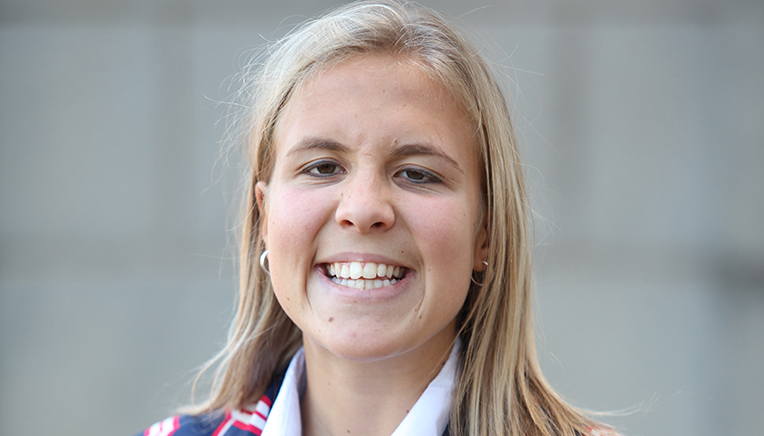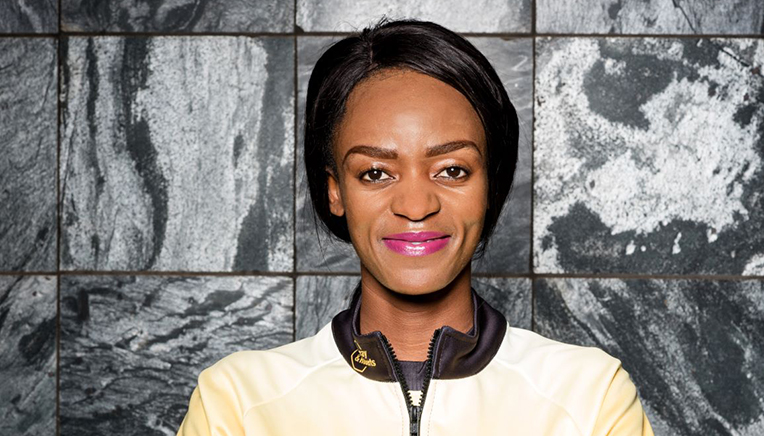Two athletes, both employees of the University of the Free State (UFS), are now giving back to the sport in administrative roles.
Kesa Molotsane and
Louzanne Coetzee are making time in their work and training schedules to serve the sports in which they have represented their country – Molotsane in cross-country and Coetzee in the 1 500 m and 800 m T11 category for athletes with a disability.

Louzanne Coetzee Photo: UFS Photo Archive
Coetzee is again heading for the Paralympic Games in Tokyo. She is a nominee for the International Paralympic Committee Athletes’ Council. Six representatives will be chosen at the Paralympics.
Coetzee was recently elected to the South African Sports Confederation and Olympic Committee Athletes’ Commission. She is also an athlete representative of the South African Sports Association for Physically Disabled.
Molotsane was co-opted into the National Executive Committee of University Sport South Africa as an assessor. She is also the new vice-chairperson of the Athletics South Africa Athletes Commission.

Kesa Molotsane. Photo: Supplied
“My biggest dream is to enable athletes to dream big, and for their dreams to be recognised. I would like to see them enjoy their sport,” said Molotsane.
“I think I probably missed a lot of opportunities in my career due to a lack of funding, so I don’t want to see anyone face the same situation.”
According to Coetzee, a former member of the Student Representative Council at the UFS, she believes that it is important for a current sportsperson to contribute and give input in their sport.
“I enjoy leadership, it is perhaps a gift of mine. Serving the sport in that capacity is not something that is too much of an effort or takes too much of my time. I enjoy contributing and to see something move in a direction.”